Motto:
When they not be stadt-ing, they be burg-ing.
... though to be completely fair, reducing this to "Klausenburg" is not completely unlike saying the human body is a well-rounded extension of the nipple1. So what else is there to say?
For one, we can say that finding oneself in the middle of town after a ten-hour train trip is not the best way to examine it the first time after eight (or was it maybe six?) years. I couldn't recognize any of the places, so I just went to sleep until next day, when we jumped straight in the middle of the botanical garden:
Cluj's botanical garden is bigger, longer and uncut-er than the one from Bucharest, and my meagre smartpnohe camera didn't really do it justice, despite this being mid-October, so outside of the season when it's cool to photograph flowers. For example, just take a look at the Japanese garden:
or at this very nice path in the systematics area:
or at these diversely-coloured trees:
or at these very nicely-sculpted boobs:
or at this very lovely buddlejacea:
or, or, or... is reader still with me? Okay, buckle up then! Below, views of the Little Someș:
The first and the last view are taken from the same bridge, yes.
Above, views from Cluj's own belvedere point (one of them, at least), the Cetățuia hill -- "uie" being one of the many diminutives employed in Romanian, "cetate" being "citadel"; so, Citadelly? Below, a snobbish photo of a lemonade with matcha that, I have to say, was quite pleasing to the taste buds:
The utensil on the table was used to ingurgitate one delicious, very dark, piece of brownie cake. My culinary fetishes aside, I was surprised to notice that Cluj lives more through its traffic-jammed roadways than its promenades, from which point of view it's more similar to Bucharest than I would have hoped and expected -- although, to be fair, there is a marked difference between drivers in Cluj and the ones in Bucharest, namely that the former aren't completely fucked up in the head. However, take this for example:
This is the best photo I could take of Horea street, one of the main streets in Cluj. I stood there for a while on an early Saturday afternoon, hoping to catch a moment without cars passing from either direction, but no luck. So what can I say, thank you, CJ-14-PKW!
Above, a couple of shots from the central park. You may be wondering who the Ciolan dude was. I wondered the same, then found out he was a top conductor in Cluj's philarmonic. Well, he must have done something right to get that statue!
Below, a couple of black swans on a lake; also, some nasty plastic shit that could've been cropped out of the photo, but really, why sweep the pink flamingos under the rug.
Further below, an artsy-fartsy autumnal one, followed by a view of the main square in Cluj. In the far plane lie the St. Michael Romano-Catholic church and a statue of Matthias Corvinus.
Looks a bit lively, doesn't it? Well, it wasn't that animated the evening before. There was one small street that lived through all its pores, though: at the edge of the (I think) Zorilor neighbourhood, going through Calea Moților past the Ursus beer factory and towards the centre, one can make a right turn on Clinicilor, and then an immediate right on what is called Strada Piezișă -- literally, the Askew Street -- which can be briefly described as a magnet for students looking for a good time. Yes, the street was loud and crowded (with people, not cars) but at least it wasn't dead.
Walking further to the southeast towards the botanical garden, one can also find a great Japanese restaurant. This is where I was gonna post Japanese food porn, but I'd rather not insult the reader; I'm sure you know how sushi looks.
Anyway, back in the central park there's this place, the Casino, which is actually a sort of museum or something:
This was the last photo that I took in Cluj. Right after that we rushed back to the train station, where a train brought us to this backwater shithole known as Teiuș, Alba. Now, I don't know about the town itself, I'm just judging by the train station, this desolate, stinking, miserable place where we waited for our next train, while being entertained, and entertaining an eighty year old woman "din popor"2 who was going all the way to Căciulata, to what they call nowadays a spa.
And then the next train came -- the train from hell, going at a mere sixty kilometers per hour and stopping in all the stations, but always being a few centimeters short of jumping from the rail track way out in the fields. And we even slept through that, at least until the train brought us to...
... wait, could this be -- Hermannstadt?! So what am I doing here again, anyway?
Well, bear with me; first, the Sibiu in October is very different from the one at the end of July, in that it's much colder, but otherwise still quite full of people, and in any case, and quite unexpectedly, more animated than Cluj. There was a film festival in the Large Square, but unlike the music festival that I attended last time, I completely ignored this one, and so did many others visiting town.
What I did instead was to dedicate a couple of days to a so-called museum tour that was quite a mixed bag. We started off with the natural history museum, which was short but cute, then we continued with the contemporary art museum, which is in fact a very small art gallery -- the photos there were nice though. Then we moved on to the Altemberger history museum, where I begin bitching about how Romanian museum keepers are, with very, very, very few exceptions, a bunch of fucking orcs.
"The photos were nice", you see, except where they forgot to add any meaningful labels or info about the authors. The prehistoric exhibits were also nice, except for the part where I wish I could have been able to compare them with their counterparts I've seen at the museum in Copenhagen. These people don't give ANY. FUCKING. CONTEXT. to their exhibits, which is absolutely infuriating. It's insulting, and not to me, you see, but, say, to the Goldsmiths' Guild, which was a real organization doing real things back in the day, which those orcs showcase in some place in Sibiu without absolutely any sort of attached description that was due, and no, not optional in any way. And then the same orcs have the gall to show me photos of Sarmizegetusa and Trajan's column, as if I couldn't take my backpack and head there to see them myself. Fucking idiots.
The Altemberger tour was saved by a couple of people in the armory and the treasury actually sitting for a moment to explain things. And what really saved the whole thing was von Brukenthal himself, as dead as he is, by leaving that palace in the Large Square, which became the museum, which now hosts great pieces of art which you must take the time to see if you're ever in Sibiu. The Romanian art gallery, at least, is unquestionably impressive; but one can also see for example a library storing books written in three languages, from which English is notably absent. And no, I couldn't take photos of any of these, because of all the security "security"-ing around the place.
By now this "et alia" has gotten way too long, so I'll put an end to it here. However, I'm not done with Sibiu -- in fact, this time the photo session was so productive that I'm going to dedicate it another entire article. Stay tuned!
-
The Little Someș is as good a place as any to form a settlement in Ardeal, given that one can choose between all these streams flowing in the region -- take a map of Romania and look up the rivers, and you'll notice that there's a considerable number of them filling up the area, much to the frustration of Romanian kids studying geography. So then, what brings this particular place apart from all the others?
Well, Cluj is sitting in the geographical equivalent of a frying pan, with hills all around it forming the edges. And while historians know almost nothing about the (most likely pre-Roman) name Napoca, they do know that sometime around 1200 some Germans, like the ones who founded Villa Hermanni or Corona, were living in this place called Castrum Clus -- literally, a closed castle.
So, to put the history of Cluj in perspective, it was populated by Dacians, Romans, Transylvanian Saxons, Hungarians and what we nowadays call "proud Romanians", under the rule of Romans, Hungarians, Ottomans, the Habsburg Empire, and more recently a-woke-en Romanians. It was and remains the heart of Transylvania, where most of the guilds in the area developed and thrived for a long time, where scholarly places thrived as early as the sixteenth century, and so on and so forth.
-
This description of the Romanian peasant would deserve a post of its own, or maybe a whole book if we're to believe, say, Marin Preda, who wrote no less than two volumes on the subject. But let's try to give it a very brief shot.
"În popor", as they say in Romanian, that is, in rural settings, information acquisition is cheap, i.e. everyone knows everyone else and their whereabouts. And how to find some info on someone, other than by simply asking; and what else is there to do when you don't know people around you, other than getting to know them and their whereabouts.
Therefore the man, or in our case the woman "din popor", is a very friendly person, sometimes too friendly, who in short order will find everything around you by way of simply asking, and who will tell you everything about her and her values. And heavens forbid you try to avoid her or wave her away; it just doesn't work, because she's been through life and thus she can easily read you, while you, you haven't, so you're stuck with doing the socially acceptable thing -- because what else is there to do in the middle of nowhere!
Anyway, what Preda didn't see was that the old peasant faced with modernity will slightly change their values, through their children's impact with said modernity. Working the land is no longer a value; instead, go to France, do some construction work, then come back and build a house, or maybe buy a block or two. Of course, they didn't get to see their children paying that outrageously high rent on a lousy studio, and the children embraced it and no one ever wondered why they came back to the village, so... what can I say. ↩
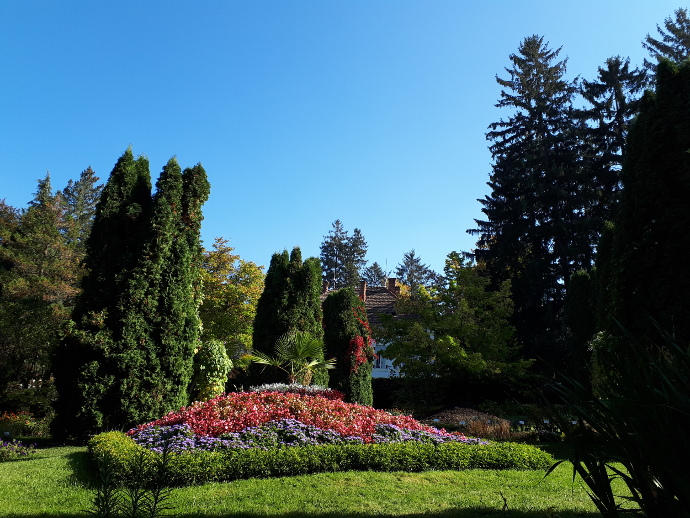
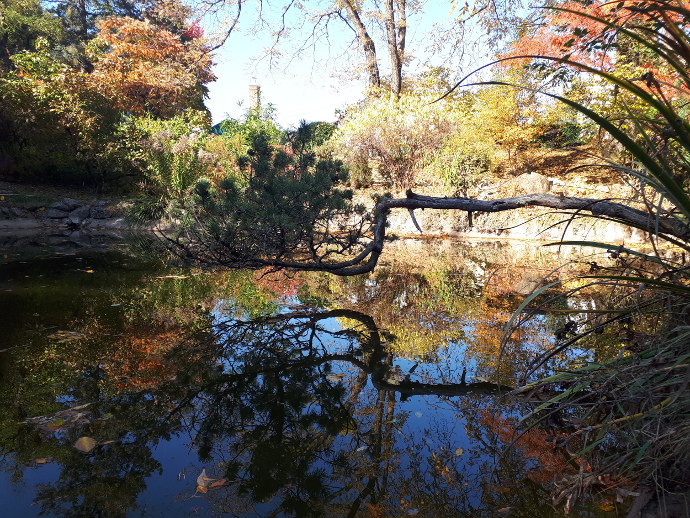
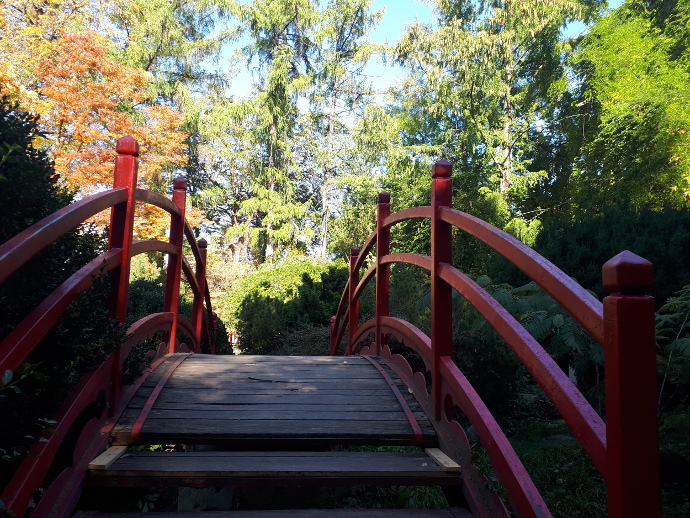
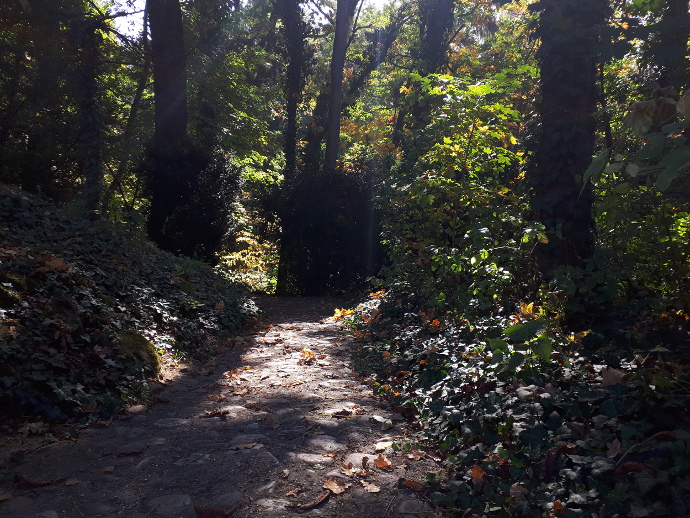
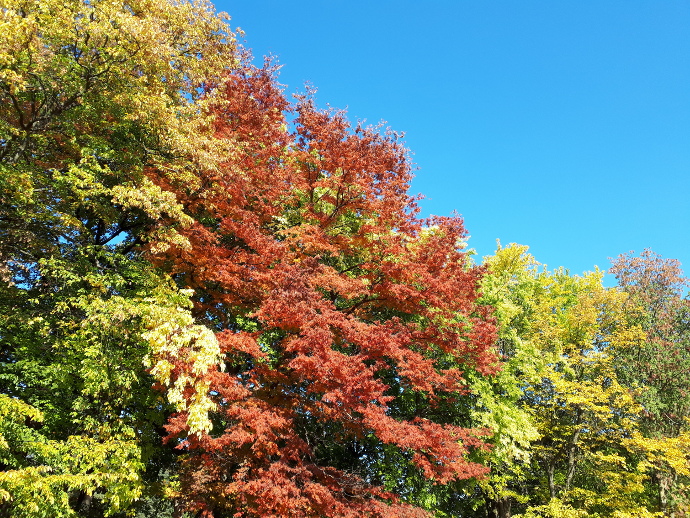
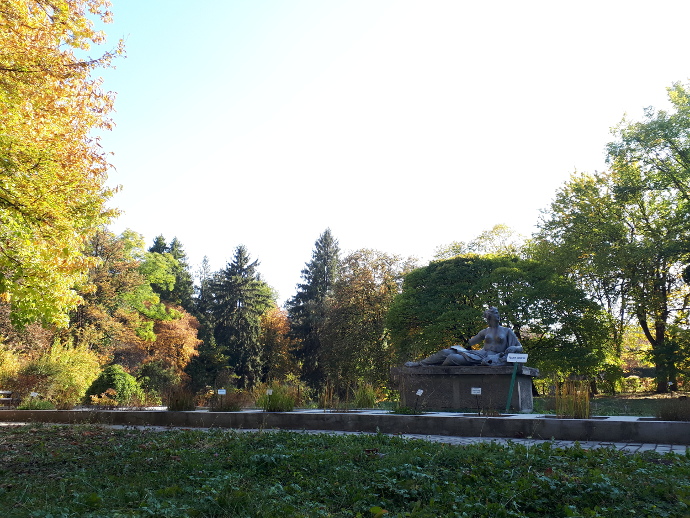
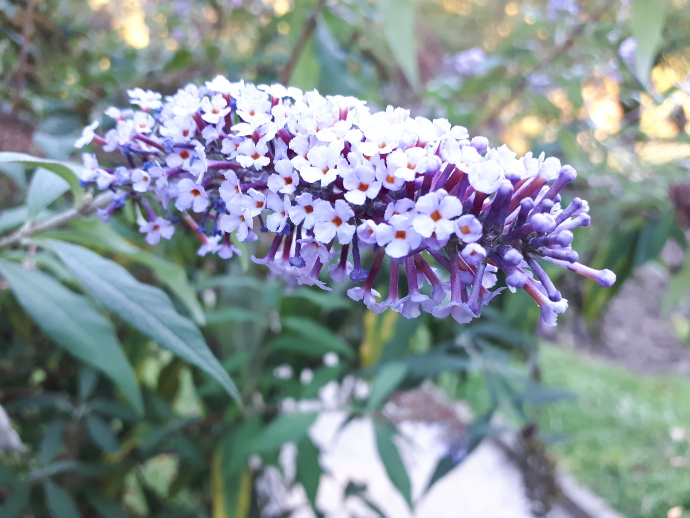
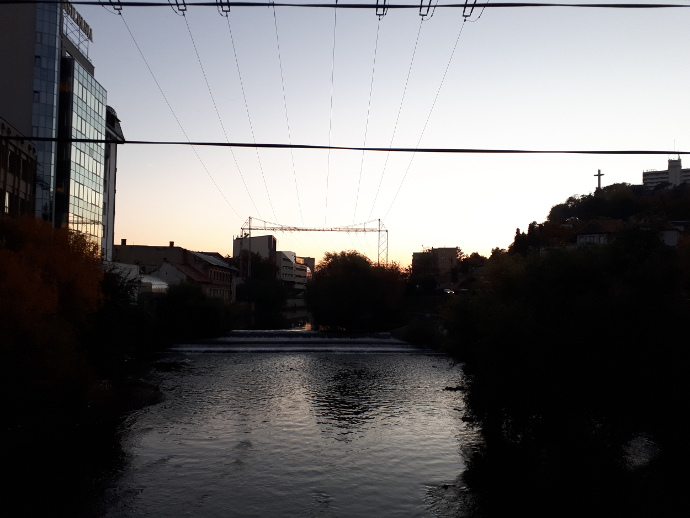
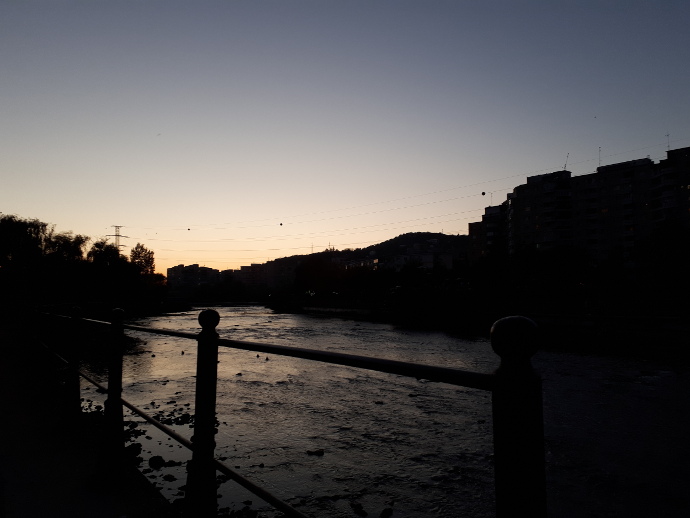
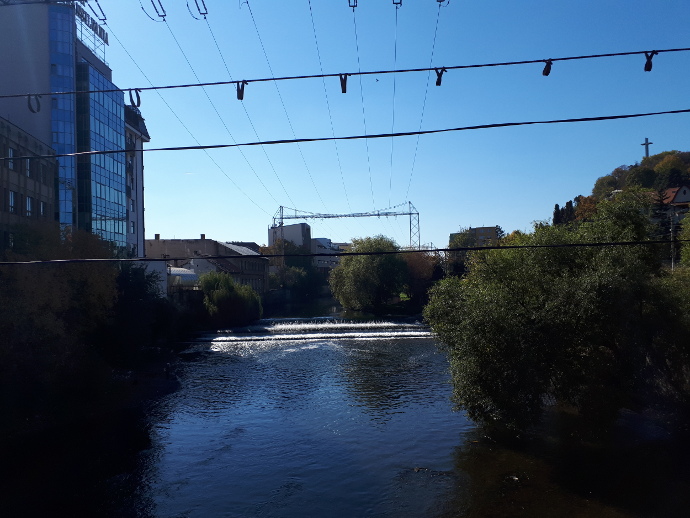
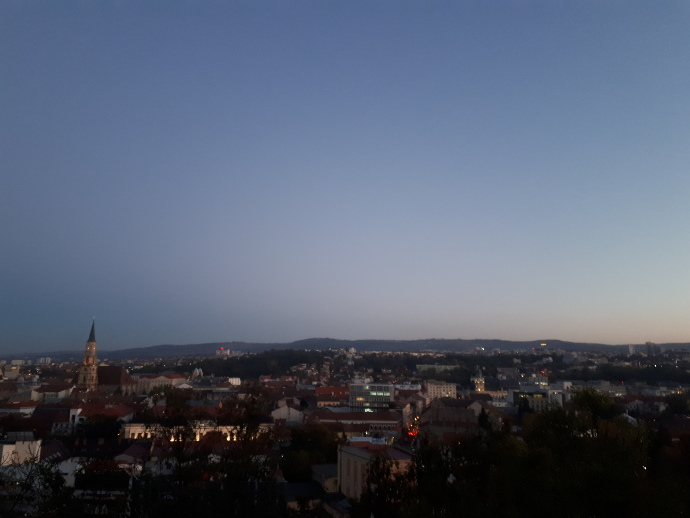
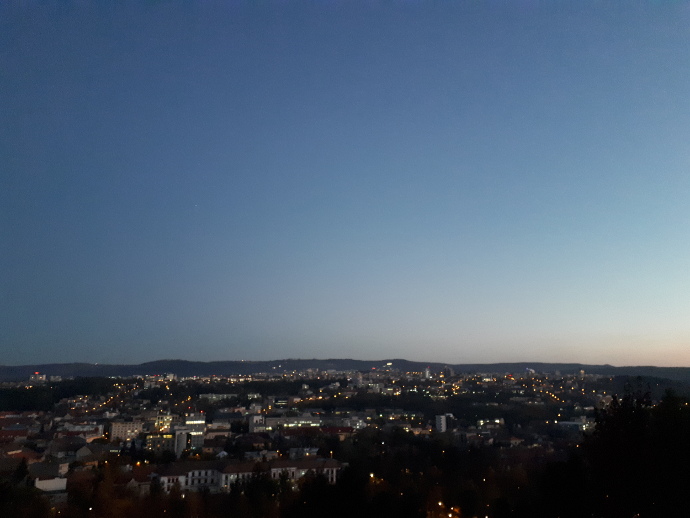
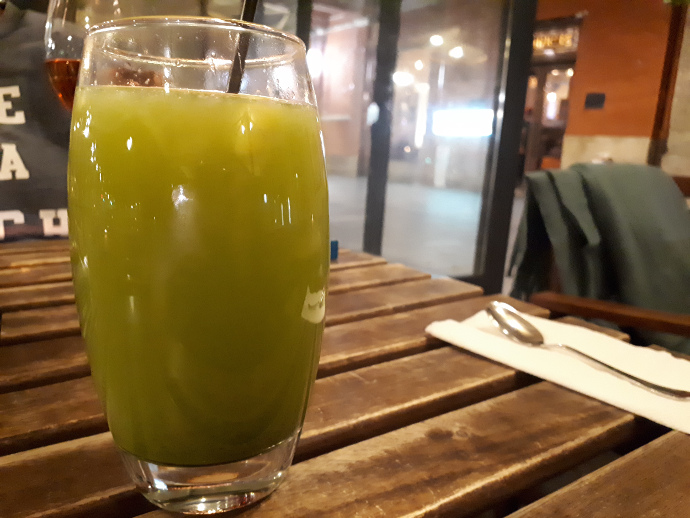
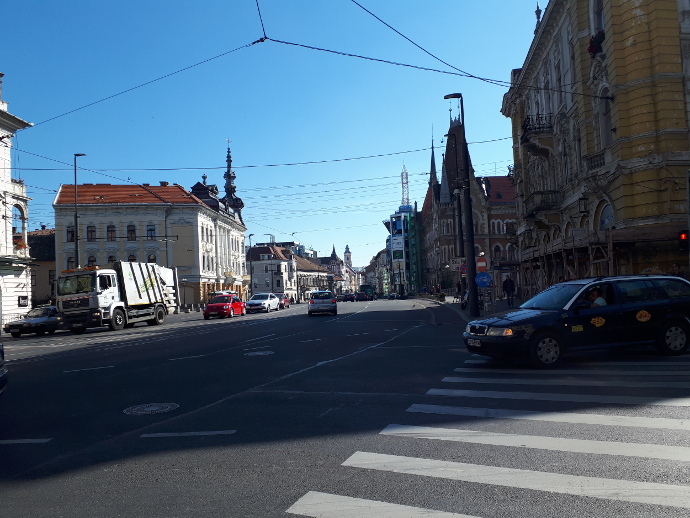
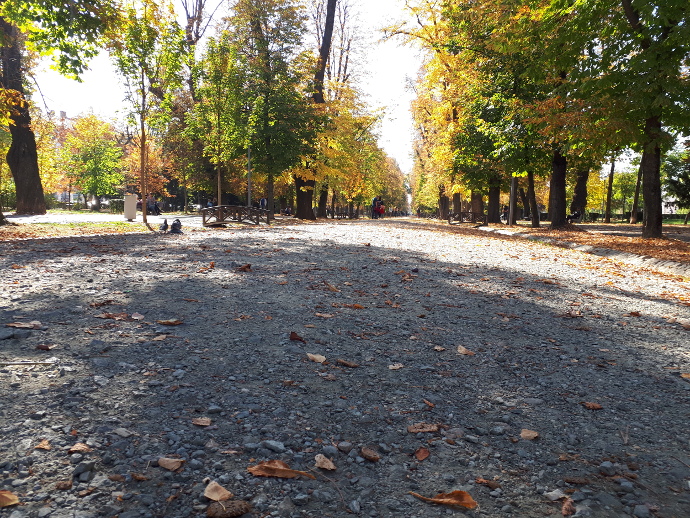
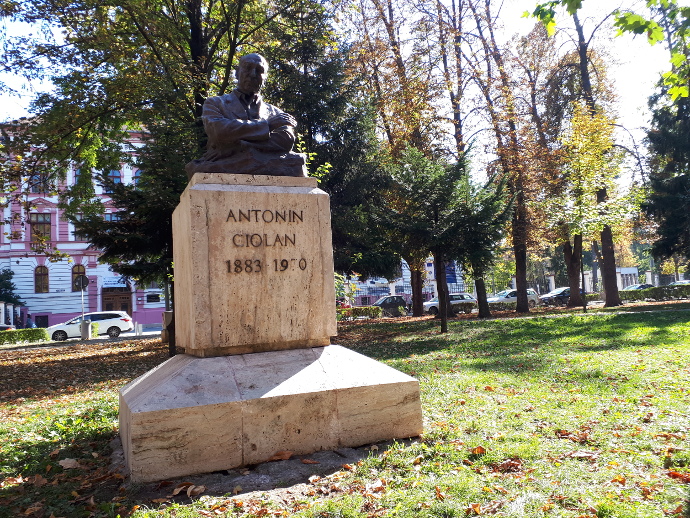
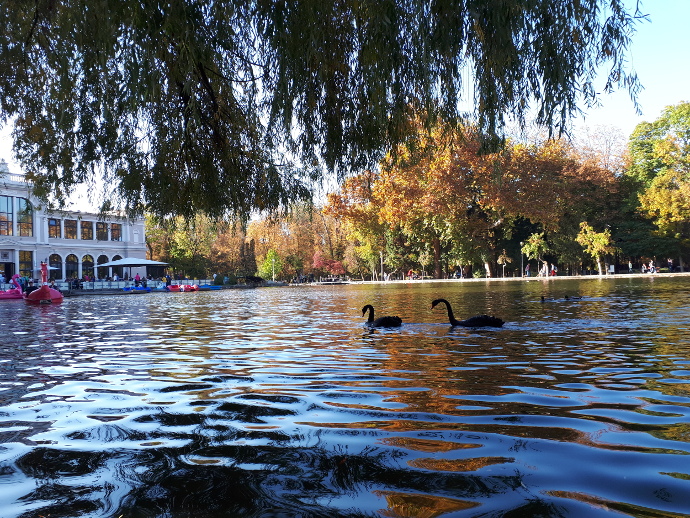
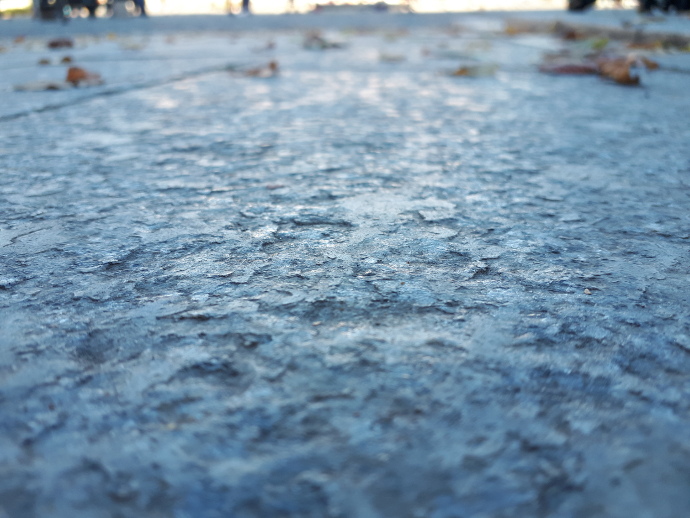
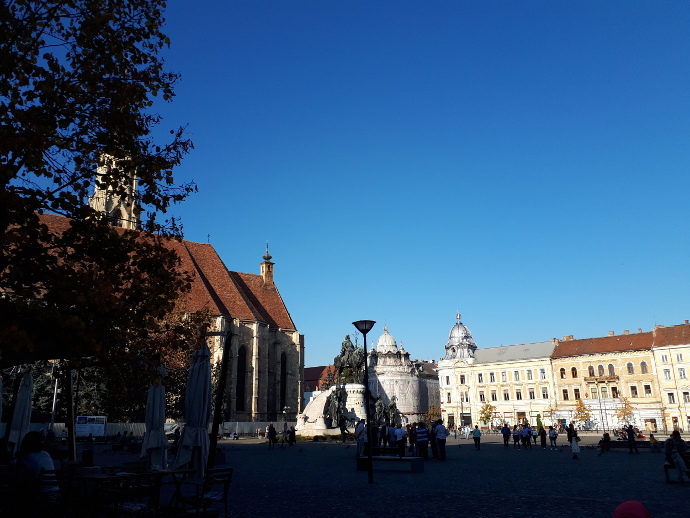
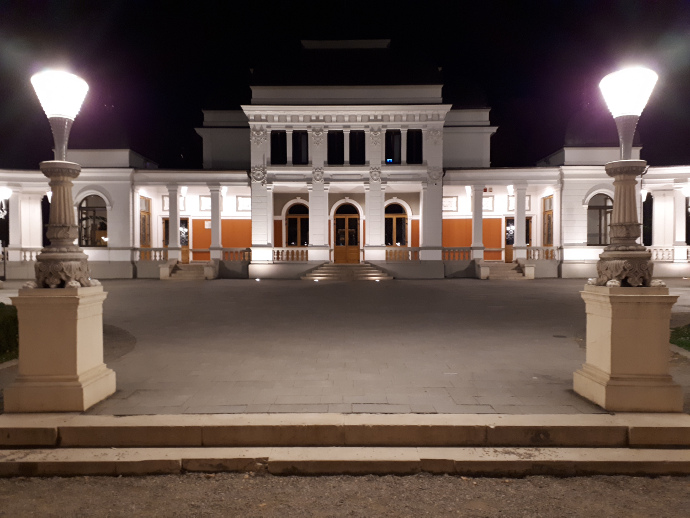
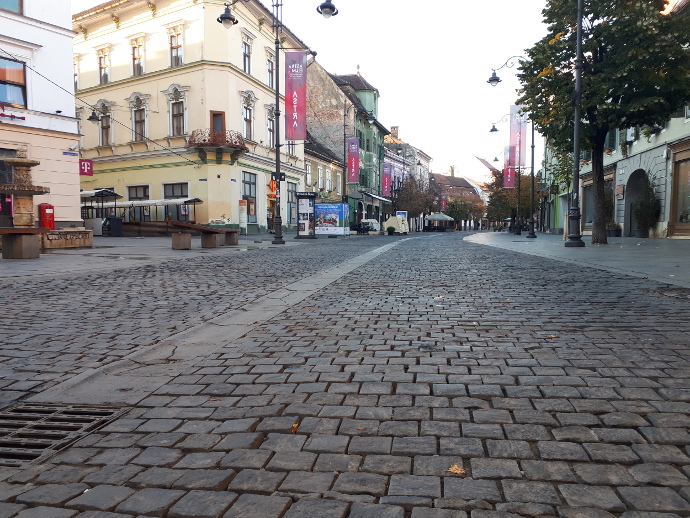
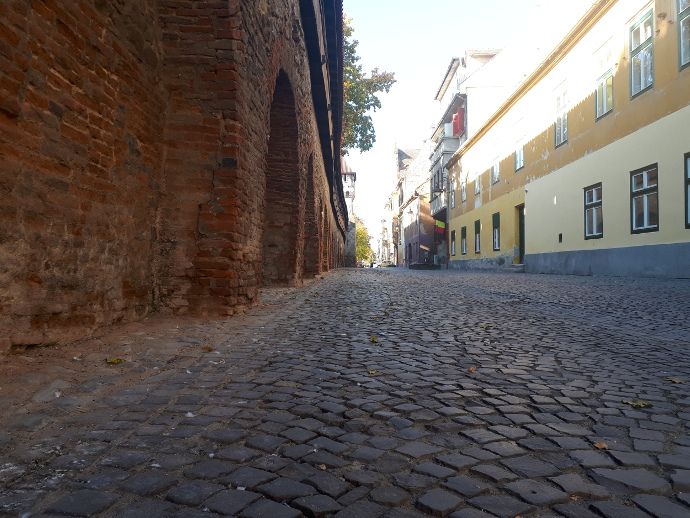
[...] start precisely where we previously left off, i.e. on Strada [...]
[...] "big town" means in practice Bucharest or Cluj. No third option, really, although maybe Oradea comes close, and well! that one's better connected [...]
[...] Bucharest, mmkay? Neither Hermann's stadt. Maybe Cluj was culturally above Iași -- but remember, that one was under fresh Austro-Hungarian rule at the [...]
[...] is a small town from southern Transylvania. Nearly five years from the last one, this entry records a set of notes summing up the state of this tiny part of the world at the [...]
[...] of which, of all the museums I visited in London, none of them had that Brukenthal crap where they wouldn't let you take photos. By now, Sibiu must have become the cultural capital [...]
[...] Robux, to superior burgers known as Mishi, and to lovely rural communities such as Buchdapesti, Clue Jay, Sucheesy, Brashovi or Mamma [...]